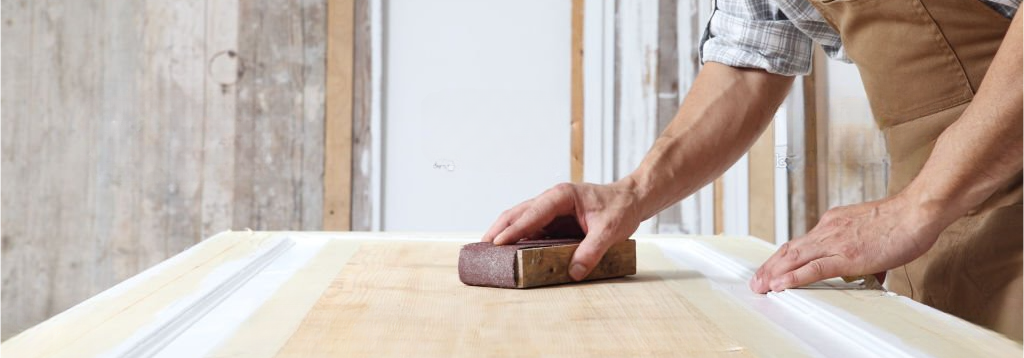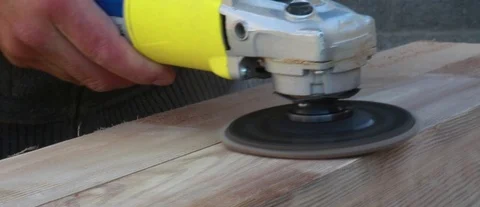Pallet furniture has become increasingly popular in recent years, thanks to the DIY trend that has swept the world. The appeal of this type of furniture lies in its simplicity, affordability, and versatility. Pallets are easy to find and can be turned into anything from outdoor lounges to indoor coffee tables. However, before you dive headfirst into your DIY project, it’s essential to prepare your pallets properly to ensure that they are safe and sturdy. In this article, we’ll go through some tips on how to prepare pallet furniture.
Steps to prepare pallet furniture
Step 1: Choose Your Pallets Carefully
The first step in preparing pallet furniture is to choose your pallets carefully. Not all pallets are created equal, and some are not suitable for furniture making. When choosing pallets, look for ones that are in good condition, with no visible damage or rot. Pallets that have been heat-treated (marked with HT) are preferable to those that have been chemically treated (marked with MB), as the latter can contain harmful chemicals.
Step 2: Clean the Pallets
Once you’ve selected your pallets, the next step is to clean them. Pallets can accumulate dirt, dust, and debris during transportation and storage, so it’s essential to clean them thoroughly before using them for furniture making. Use a stiff brush or a pressure washer to remove any dirt or debris from the pallets.
Step 3: Choose the Right Sandpaper
Choosing the right sandpaper is crucial when sanding pallet furniture. Sandpaper comes in different grits, ranging from coarse to fine. toughest grit sandpaper (such as 60 grit) is suitable for removing rough surfaces, while fine grit sandpaper (such as 220 grit) is best for a smooth finish. Medium grit sandpaper (such as 120 grit) is ideal for smoothing out any rough spots after using coarse grit sandpaper.
Step 4: Sand the Wood
After cleaning the pallets, it’s time to sand the wood. Sanding is a crucial step in preparing pallet furniture, as it smooths out any rough surfaces and removes any splinters or sharp edges that could cause injury. Use a coarse grit sandpaper (such as 60 grit) to start, and then move on to a finer grit (such as 120 grit) for a smoother finish. Sand in the direction of the grain, taking care to sand evenly and not to over-sand any one area.
Step 5: Sand the Edges
When sanding pallet furniture, it’s important to pay particular attention to the edges. The edges of pallets can be rough and splintered, which can be dangerous if left untreated. Use a sanding block to sand the edges of the pallets, taking care to sand evenly and not to over-sand any one area.
Step 6: Seal the Wood
Once you’ve sanded the pallets, it’s time to seal the wood. Sealing the wood will protect it from moisture, which can cause the wood to warp and crack over time. There are several options for sealing the wood, including paint, stain, and varnish. If you’re looking for a natural finish, consider using a clear varnish, which will protect the wood while maintaining its natural look.
Step 7: Assemble Your Furniture
Finally, it’s time to assemble your pallet furniture. There are countless options for pallet furniture, from outdoor lounges to indoor coffee tables. When assembling your furniture, make sure to use screws instead of nails. Screws provide a stronger hold and are less likely to loosen over time. Take care to measure and cut your pallets accurately, and make sure to use a level to ensure that your furniture is stable and balanced.
When assembling your furniture, you may need to sand some of the edges or surfaces again to ensure a snug fit. This is especially true if you’re using several pallets to make a larger piece of furniture. Take your time during this step to ensure that everything fits together correctly.
Safety Considerations
While preparing pallet furniture can be a fun and rewarding DIY project, it’s important to keep safety in mind throughout the process. Here are a few safety tips to keep in mind:
- Wear protective gear: Sanding wood can create a lot of dust and debris, so make sure to wear protective gear, such as safety goggles and a dust mask.
- Use the right tools: Make sure to use the right tools for the job, including sandpaper, sanding blocks, and screws.
- Work in a well-ventilated area: Sanding and sealing wood can create strong fumes, so it’s important to work in a well-ventilated area.
- Take breaks: Sanding can be hard work, so make sure to take regular breaks to avoid strain or injury.
Conclusion
Preparing pallet furniture can be a fun and rewarding DIY project, but it’s important to take your time to know how to prepare pallet furniture and do it right. Choosing the right pallets, cleaning them properly, and sanding the wood are all crucial steps in ensuring that your furniture is safe and sturdy. By following the tips outlined in this article, you can create beautiful, functional pieces of furniture that will last for years to come.


